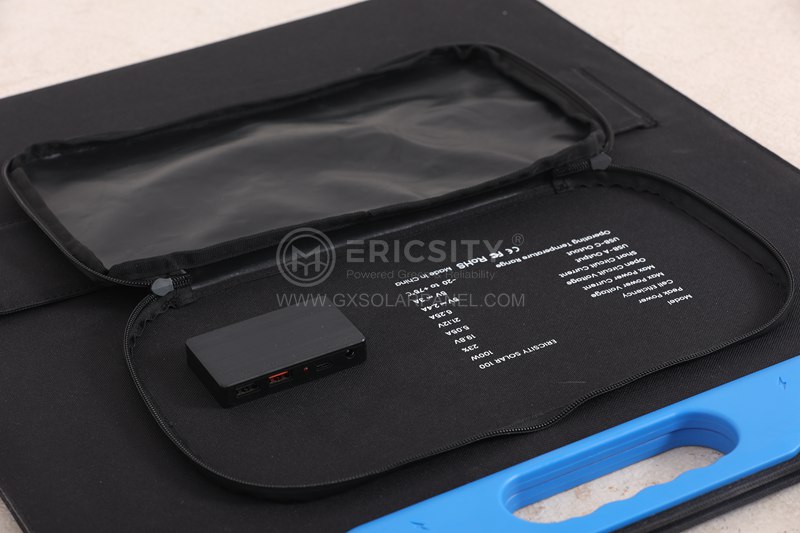HOT PRODUCT
Product Details
Flexible Solar Panel Strips Vs. Traditional Panels: A Comparative Analysis
Title: Flexible Solar Panel Strips Vs. Traditional Panels: A Comparative Analysis
Introduction
In recent years, the global demand for renewable energy solutions has led to significant advancements in solar panel technology. One such innovation is the development of flexible solar panel strips, offering an alternative to traditional rigid panels. This article aims to provide a comparative analysis of flexible solar panel strips and traditional panels, discussing their features, advantages, and limitations.
1. Design and Installation
Flexible solar panel strips are thin, lightweight, and flexible in nature, making them easy to install on a variety of surfaces. Unlike rigid panels that require a sturdy framework and fixed installation angles, flexible strips can be mounted on curved surfaces such as roofs, vehicles, and even clothing. This flexibility enables greater versatility and opens up possibilities for unconventional applications. Traditional panels, on the other hand, require mounting brackets and precise positioning, limiting their installation options.
2. Efficiency and Power Output
When it comes to efficiency, traditional solar panels have historically held an advantage over flexible strips. However, recent advancements in the technology of flexible panels have significantly improved their conversion efficiency, narrowing the gap between the two types. While traditional panels typically offer higher conversion rates, flexible strips can now achieve respectable efficiency levels, making them a viable option for energy generation.
3. Durability and Maintenance
Flexible solar panel strips are designed to withstand bending, flexing, and rugged environments. Made with durable materials, they can endure various weather conditions, including extreme heat, cold, and even hail. However, their flexibility can make them more susceptible to long-term wear and tear compared to rigid panels. Traditional panels, being rigid and robust, often have longer warranties and require less maintenance due to their established reliability in the field.


4. Cost-effectiveness and Affordability

As technology continues to advance, the cost of both flexible solar panel strips and traditional panels has been steadily decreasing. However, flexible strips are generally more cost-effective when it comes to installation, transportation, and customization. Their lightweight and flexible nature reduce shipping costs, and the ease of installation lowers labor expenses. This affordability factor makes them particularly attractive for individuals or businesses with limited budgets or unique energy requirements.
5. Application and Integration
Flexible solar panel strips open up possibilities for innovative applications, especially in areas where traditional panels are not feasible. They can be integrated into a wide range of products such as backpacks, portable chargers, or wearable devices, which expands the accessibility of solar energy in everyday life. Traditional panels, due to their fixed and cumbersome design, are typically confined to rooftops, solar farms, and large-scale installations.
Conclusion

The comparative analysis above highlights the key features, advantages, and limitations of flexible solar panel strips and traditional panels. While both options offer unique benefits, the choice ultimately depends on specific needs and preferences. Flexible solar panel strips excel in terms of design, versatility, and affordability, making them an excellent option for those seeking adaptable and cost-effective solar energy solutions. However, traditional panels remain the reliable choice for maximum efficiency, durability, and overall power output. As renewable energy technology continues to advance, it is crucial to evaluate and explore options that best suit individual requirements while moving toward a sustainable future.




